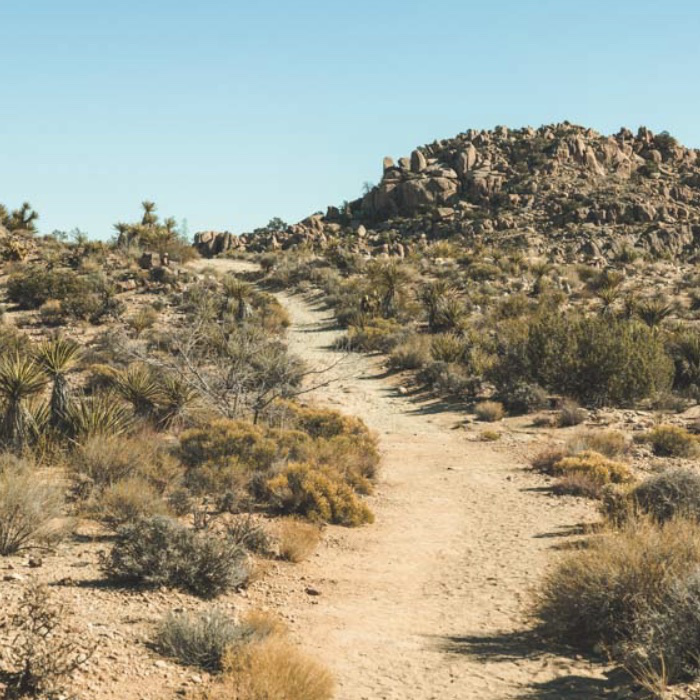הוֹצֵ֣א אֶת־הַֽמְקַלֵּ֗ל אֶל־מִחוּץ֙ לַֽמַּחֲנֶ֔ה וְסָמְכ֧וּ כׇֽל־הַשֹּׁמְעִ֛ים אֶת־יְדֵיהֶ֖ם עַל־רֹאשׁ֑וֹ וְרָגְמ֥וּ אֹת֖וֹ כׇּל־הָעֵדָֽה׃
Take the blasphemer outside the camp; and let all who were within hearing lay their hands upon his head, and let the whole community* stone him.
* whole community See note at 8.3; cf. 1 Kings 21.11, 13.
(The above rendering and its footnote come from the RJPS translation, an adaptation of the NJPS translation.)
On the enriched meaning of the term כׇּל־הָעֵדָה in contexts like this one (and in v. 16, below), see my comment at 8:3.
Regarding how the process of stoning would be carried out, compare 1 Kings 21.11, where the stone-throwers are initially labeled broadly (in terms of the party whom they represent) as אַנְשֵׁי עִיר “the people of [the] town,” before being specified (via apposition) as a much smaller body: הַזְּקֵנִים וְהַחֹרִים “the [local] elders and nobles.”
In his interpretive Arabic translation (as rendered into Hebrew), Saadiah says that the group in view here is כל קהל הנוכחים “all of the community that is present.” (In his Anchor Bible commentary, Jacob Milgrom cites Saadiah’s view approvingly.) Likewise Rashi recognizes the practical limitations of the activity in view; he opines that only the community members who happen to be on the scene are intended, while citing the principle of agency. Similarly, Ibn Ezra (on v. 16) glosses “the whole community” as גדולי ישראל = the leaders of Israel.
On the enriched meaning of the term כׇּל־הָעֵדָה in contexts like this one (and in v. 16, below), see my comment at 8:3.
Regarding how the process of stoning would be carried out, compare 1 Kings 21.11, where the stone-throwers are initially labeled broadly (in terms of the party whom they represent) as אַנְשֵׁי עִיר “the people of [the] town,” before being specified (via apposition) as a much smaller body: הַזְּקֵנִים וְהַחֹרִים “the [local] elders and nobles.”
In his interpretive Arabic translation (as rendered into Hebrew), Saadiah says that the group in view here is כל קהל הנוכחים “all of the community that is present.” (In his Anchor Bible commentary, Jacob Milgrom cites Saadiah’s view approvingly.) Likewise Rashi recognizes the practical limitations of the activity in view; he opines that only the community members who happen to be on the scene are intended, while citing the principle of agency. Similarly, Ibn Ezra (on v. 16) glosses “the whole community” as גדולי ישראל = the leaders of Israel.




